Latest science news: Comet 3I/ATLAS | Perfectly preserved Neanderthal skull | Astronauts stranded
Tuesday, Nov. 17, 2025: Your daily feed of the biggest discoveries and breakthroughs making headlines.
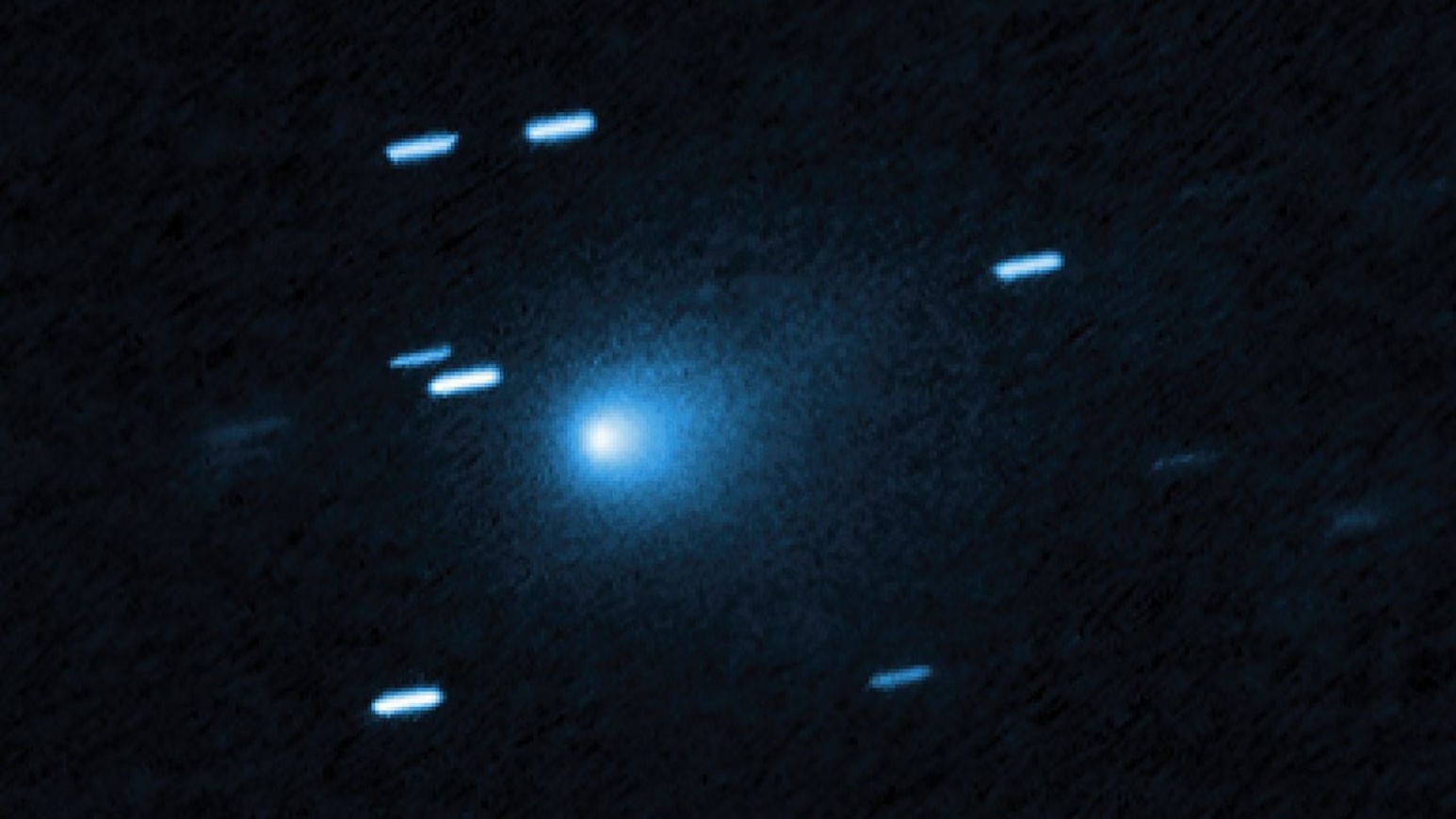
Ben and Patrick at the helm today. Here's the biggest science news you need to know:
- NASA has announced it will release some of the best-quality images yet of comet 3I/ATLAS at a live news teleconference on Wednesday (Nov. 19) at 3 p.m. EST.
- China's Shenzhou-21 crew are now temporarily stuck aboard the Tiangong Space Station. An uncrewed replacement craft is being readied.
- An analysis of the only intact Neanderthal inner nose bones from a uniquely preserved skull has revealed their noses did not evolve to withstand harsh climates.
Latest science news
Cloud down

An ongoing outage to Cloudflare, a US company which defends millions of websites against hacking attacks, has brought down vast swathes of the web, including X and OpenAI, today.
Company staff are still investigating what caused the crash.
"We saw a spike in unusual traffic to one of Cloudflare's services beginning at 11:20 UTC. That caused some traffic passing through Cloudflare's network to experience errors," the company wrote in an emailed statement. "We do not yet know the cause of the spike in unusual traffic. We are all hands on deck to make sure all traffic is served without errors.”
Once they’ve addressed the errors, Cloudflare staff will turn to investigating the cause of the "unusual spike in traffic." Could it be yet another AI-driven cyberattack? Cloudflare writes that it will post updates to cloudflarestatus.com and more in-depth analysis to blog.cloudflare.com.
Until then, Live Science is still online, so where else do you need to go?
Live Science roundup
Here's a roundup of some of the stories Live Science published today and last night:
- High-fiber diet may 'rejuvenate' immune cells that fight cancer, study finds
- 'Sophisticated' Bronze Age city unearthed in Kazakhstan 'transforms our understanding of steppe societies'
- Extreme bloom of toxic algae swirls in Nevada's 'Pyramid Lake' — Earth from space
- Mars orbiter narrows down the exact path of interstellar comet 3I/ATLAS by 'ten-fold,' surprising scientists
And you think you have family drama?
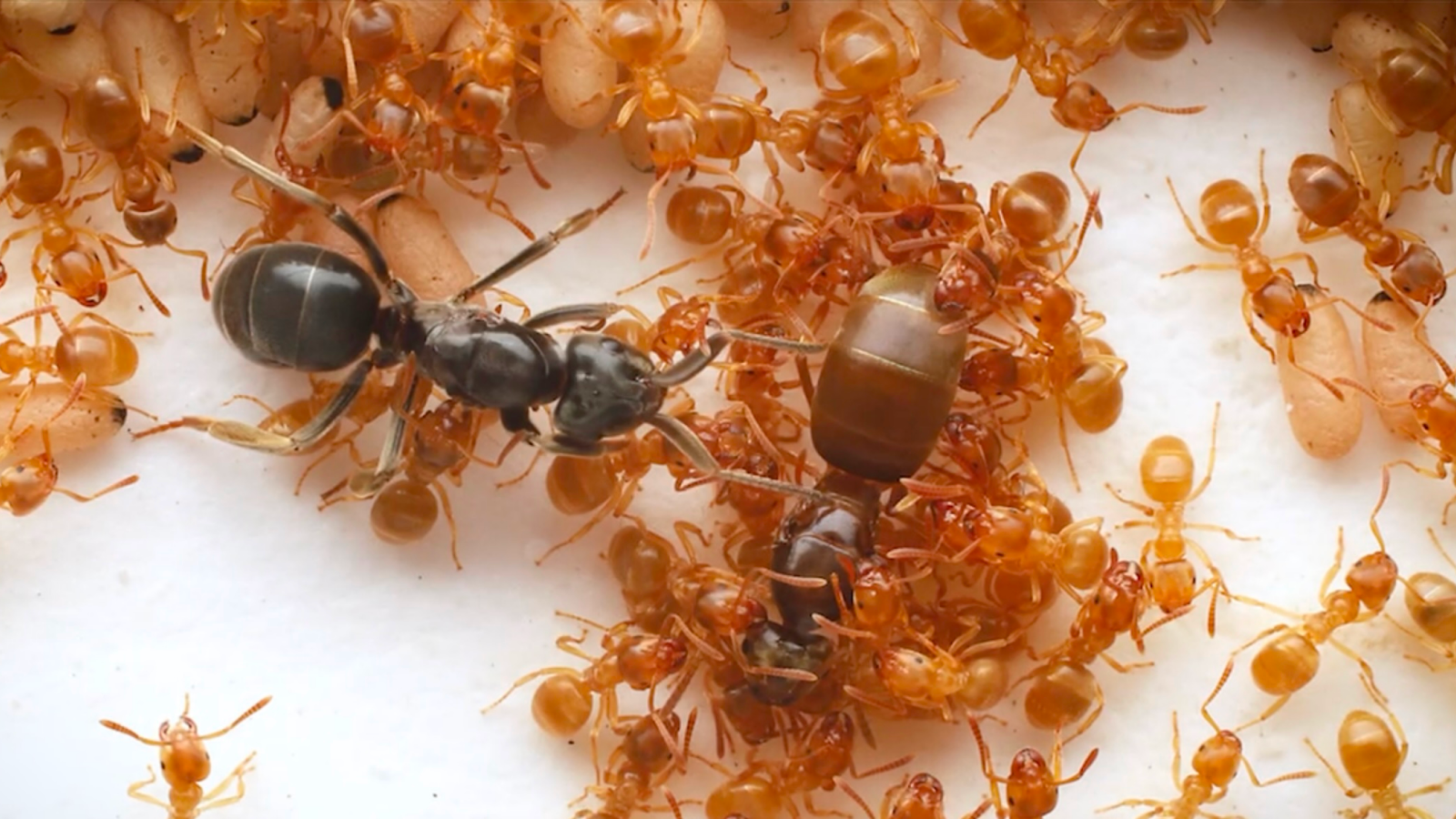
With Thanksgiving and the holiday season both around the corner, many of us are already preparing for some raucous family get-togethers.
But no matter how riotous we humans can be, nothing compares to the activities of the worker ants highlighted by this recent study. Ater being tricked by the pheromone spray of a parasitic queen, some ant species band together to dismember their mother and enable the imposter to usurp the throne for herself.
You can read all the gory details in the full story here.

Countdown to NASA's new 3I/ATLAS images
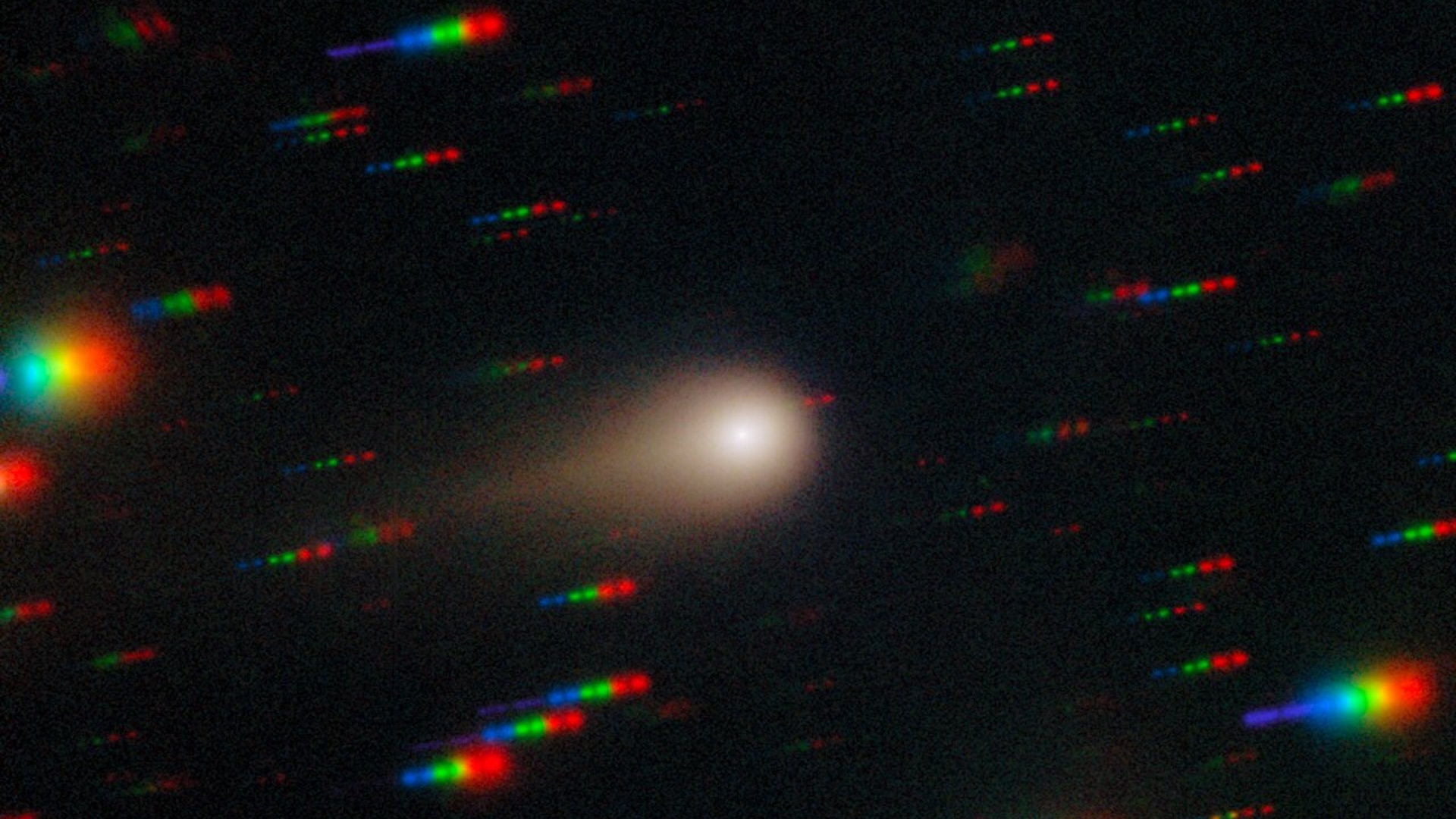
Yesterday, we wrote (at length) about the potential release of NASA's long-awaited comet 3I/ATLAS images. Well, just a reminder that these are coming tomorrow.
NASA will host a live news teleconference on Wednesday (Nov. 19) at 3 p.m. EST. The images are expected to be the clearest yet of comet 3I/ATLAS, and should help scientists learn more about the interstellar visitor.
Nosy Neanderthals
Good morning, science fans! Patrick here to kick off another day of our science news blog coverage. I want to start with a story about Neanderthal noses, which Live Science's Kristina Killgrove reported on yesterday evening. Researchers re-examined perfectly preserved Neanderthal nose bones, and discovered their sizeable schnozzes weren't evolved for the cold.
The new study involved taking a fresh look at the "Altamura Man," which is an exceptionally well-preserved Neanderthal skeleton covered in a thick layer of calcite, sometimes called "cave popcorn." The researchers' findings suggest that the size of Neanderthal noses might not have had anything to do with living in cold temperatures.
You can read the full story here.

That's all, folks!
The U.S. West Coast is out for the evening but check back in tomorrow for all the latest science news from the U.K. team.
NASA sets date to share 3I/ATLAS images
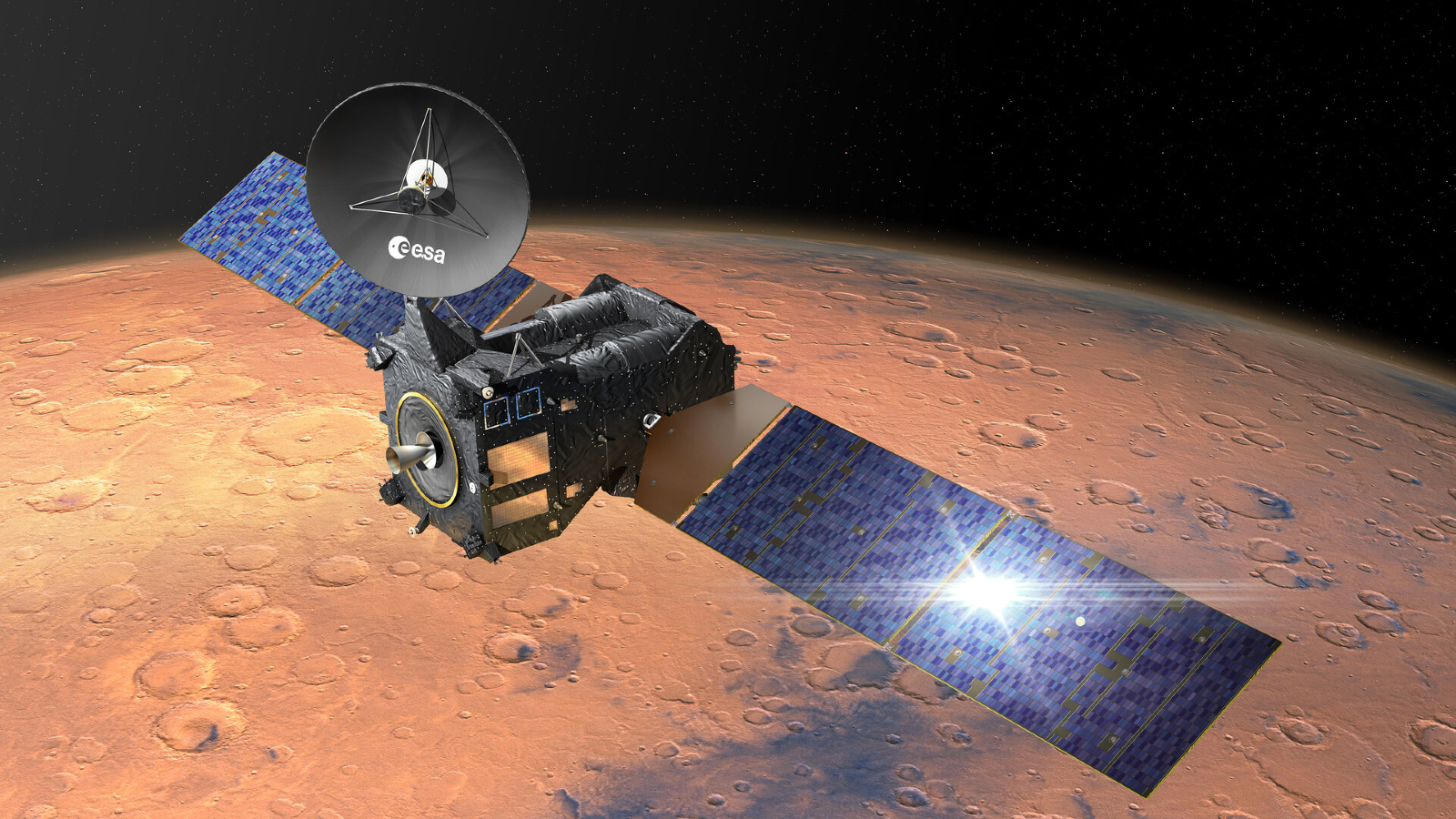
Earthlings eager to see NASA’s newest images of the interstellar comet 3I/ATLAS will have to wait a few more days. The space agency just announced a live image viewing event scheduled for Wednesday (Nov. 19) at 3 p.m. EST.
During the event, NASA will share never-before-seen images of the interstellar comet taken during its close approach to Mars in early October. The U.S. government shutdown, which lasted from Oct. 1 to Nov. 12, prevented the agency from releasing these images until now.
Space and physics editor Brandon Specktor shared the details on how to watch, and why it matters, in his full story here.
Woman versus goose
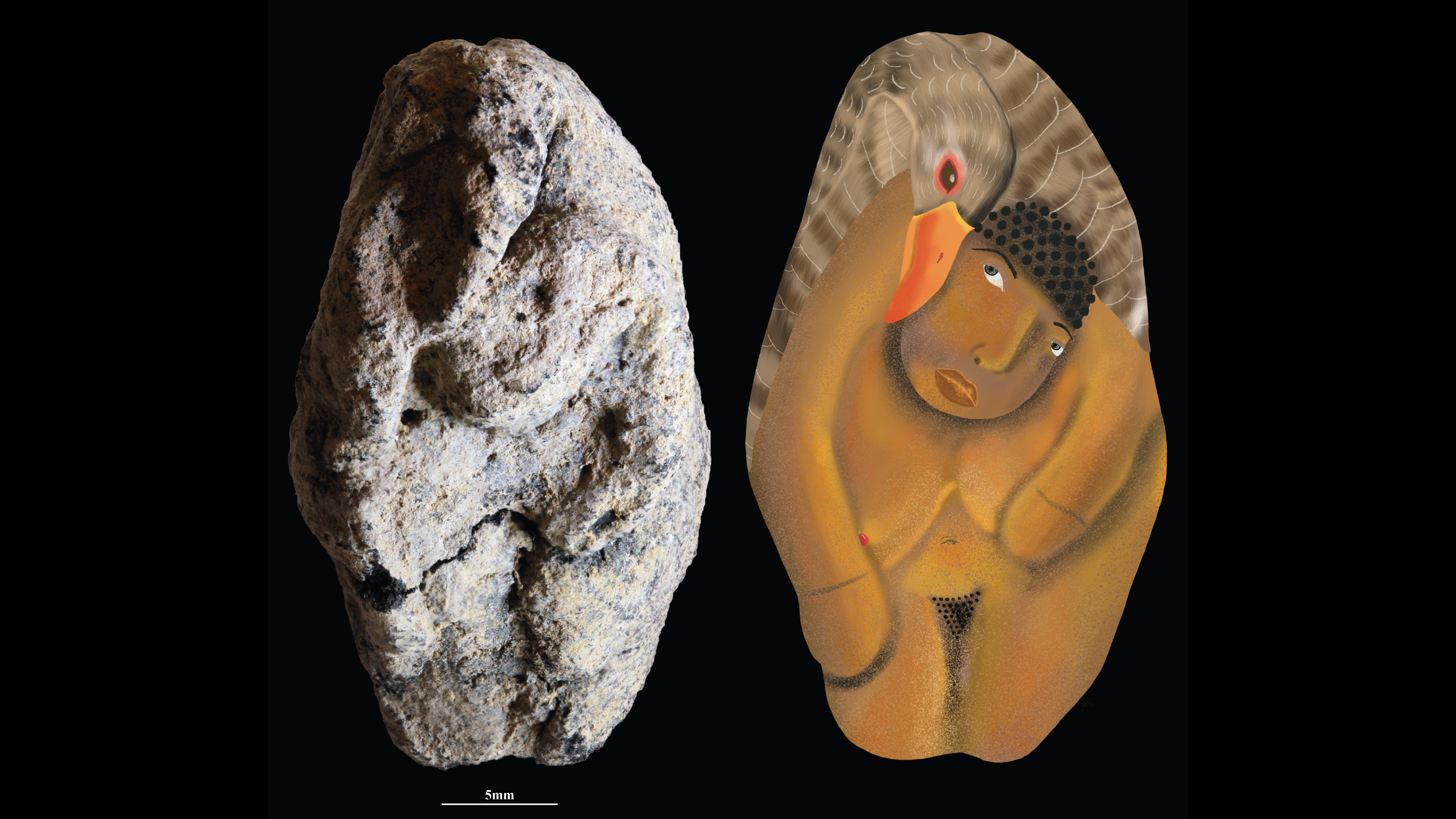
A 12,000-year-old clay figurine unearthed in Israel may depict a goose attempting to mate with a squatting woman, archaeologists say.
Staff writer Kristina Killgrove reported on the unusual figurine, which may be the oldest representation of an animal and a human interacting.
But why did the sculptor depict this event, and what does it say about the Natufians, the ancient culture that crafted the object? You can read the full story here.
Dementia more deadly than heart disease?

Dementia is now more deadly than heart disease — at least in Australia. The new trend reflects dramatic improvements in health care which mean people live longer in general, Lauren Moran, the head of mortality statistics at the Australian Bureau of Statistics, told the Australian Broadcasting Corporation.
"People are now more likely to live to an age where they have a higher risk of developing dementia," Moran said.
Whether Australia is a harbinger for the rest of the world remains to be seen. In the U.S., for instance, heart disease remains the top killer, closely followed by cancer. Alzheimer's disease is the sixth-leading cause of death, per the Centers for Disease Control and Prevention.
Dueling climate change impacts
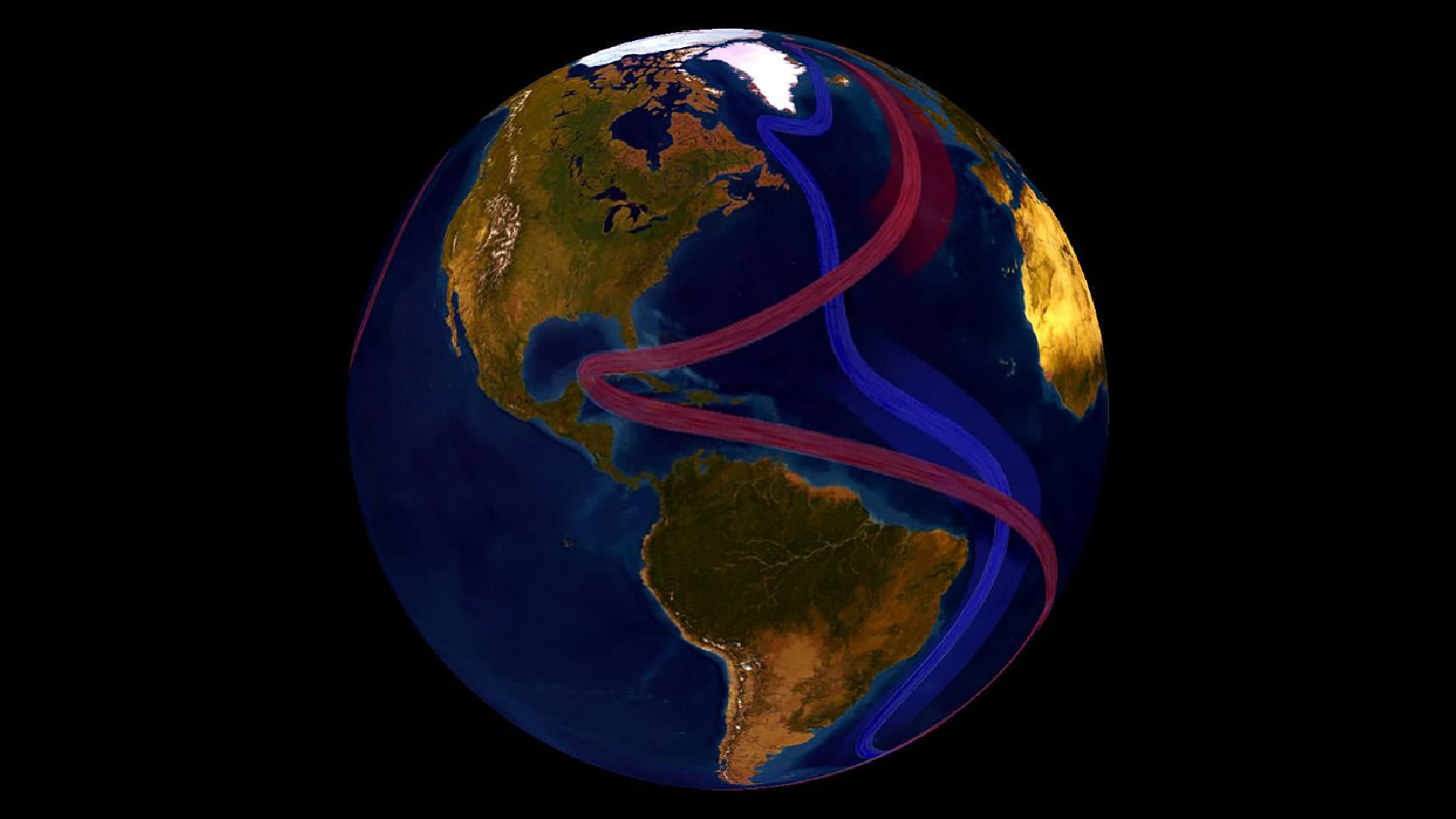
Tia here with news of dueling climate change impacts. A key Atlantic Ocean current system, the Atlantic Meridional Overturning Circulation (AMOC), could be collapsing, due in large part to climate change.
Meanwhile, climate change is also fueling the rapid melt of Antarctic ice.
Yet the melting of the West Antarctic ice sheet, which some climate scientists say is "all but inevitable" could have a surprising side effect — staving off the AMOC collapse, New Scientist reports.
Still, the ice sheet melting would be catastrophic for sea levels, and the AMOC would still decline by 60% and take 3,000 years to bounce back to its previous strength, according to new research.

Three more Chinese astronauts stranded

Three more astronauts are stranded in China’s Tiangong station following the return of their previously stuck colleagues, Senior Staff Writer Harry reports.
The latest trio — Zhang Lu, Wu Fei and Zhang Hongzhang — are the crew of the Shenzhou-21 mission, whose return capsule was taken home by the Shenzhou-20 crew following a potential space debris collision that rendered their original capsule inoperable.
The development could highlight a potential flaw in China’s space protocols that could put astronauts needlessly at risk.
You can read the full story here.
That’s all for today folks
We’re signing off from the U.K. side now. We’ll hand you over to our U.S. colleagues now for updates from Live Science, science across the web, and maybe even NASA if they choose to drop comet images while we’re off the clock. See you all tomorrow!
3I/ATLAS’s trajectory narrowed down ten-fold
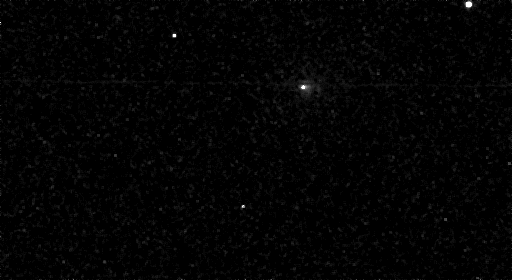
Since its initial discovery in July, astronomers have answered many questions about what 3I/ATLAS is made of and where it could have come from in our galaxy. Yet, due to insufficient observations, where it’s heading hasn’t been entirely clear.
Now, thanks to data collected by the European Space Agency’s (ESA) ExoMars Trace Gas Orbiter during the comet’s flyby of the Red Planet, scientists have improved their estimates of 3I/ATLAS’s trajectory ten-fold.
The ESA is hoping to repeat the trick with its Jupiter Icy Moons Explorer (JUICE), which will get a good look at 3I/ATLAS later this month.
You can read Harry’s full story here.
Why are astronomers interested in 3I/ATLAS?
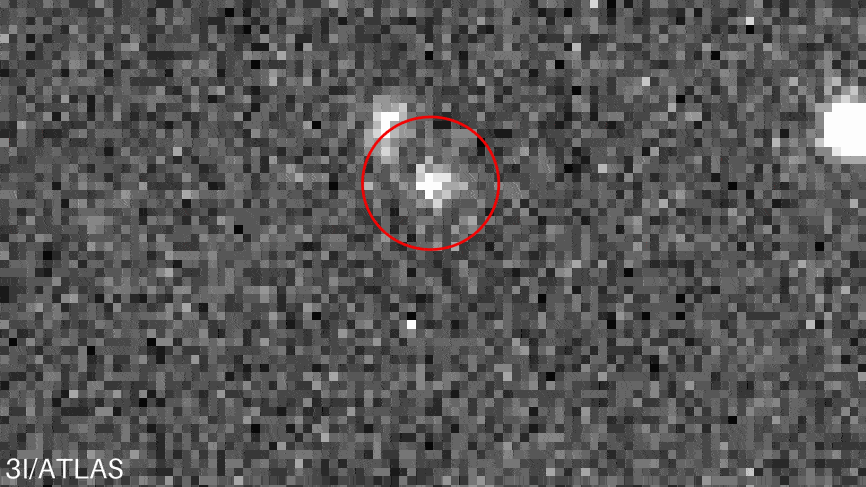
While it is indeed an interstellar visitor from beyond our solar system, most astronomers are confident that 3I/ATLAS is just a normal comet.
Well, normal in the sense that it's natural. 3I/ATLAS is actually pretty amazing as comets go, being the oldest ever seen and the most massive of its kind, not to mention only the third interstellar object ever recorded.
This means that researchers will carefully study new images of the comet for clues to its makeup, origins, and a better understanding of the journey it took to arrive at our cosmic backyard.
Comets heat up as they fly closer to stars, causing ice on their surface to sublimate into gas, which researchers can then detect and study. Previous observations have already revealed that comet 3I/ATLAS appears to be unusually rich in carbon dioxide, with potentially a thick irradiated crust from billions of years of exposure to cosmic rays.
The comet’s irradiated nature could make it more difficult to decipher the properties of its material that would otherwise reveal more about the conditions of its home star system. Still, researchers still have a lot to learn about interstellar comets, and just having more data on this one is as good a start as any.
Other images taken by HiRISE

HiRise has imaged vast areas of the Martian landscape in unprecedented detail, according to NASA. Check out the HiRise website, hosted by The University of Arizona, to scroll through hundreds of previous HiRise images.
Live Science roundup
Here's a roundup of some of the stories Live Science published today and over the weekend:
- First Vera Rubin Observatory image reveals hidden structure as long as the Milky Way trailing behind a nearby galaxy — Space photo of the week
- The more that people use AI, the more likely they are to overestimate their own abilities
- A gulf separating Africa and Asia is still pulling apart — 5 million years after scientists thought it had stopped
- Medieval Hungarian duke was murdered in a brutal and coordinated attack, forensic analysis reveals

What is HiRISE?
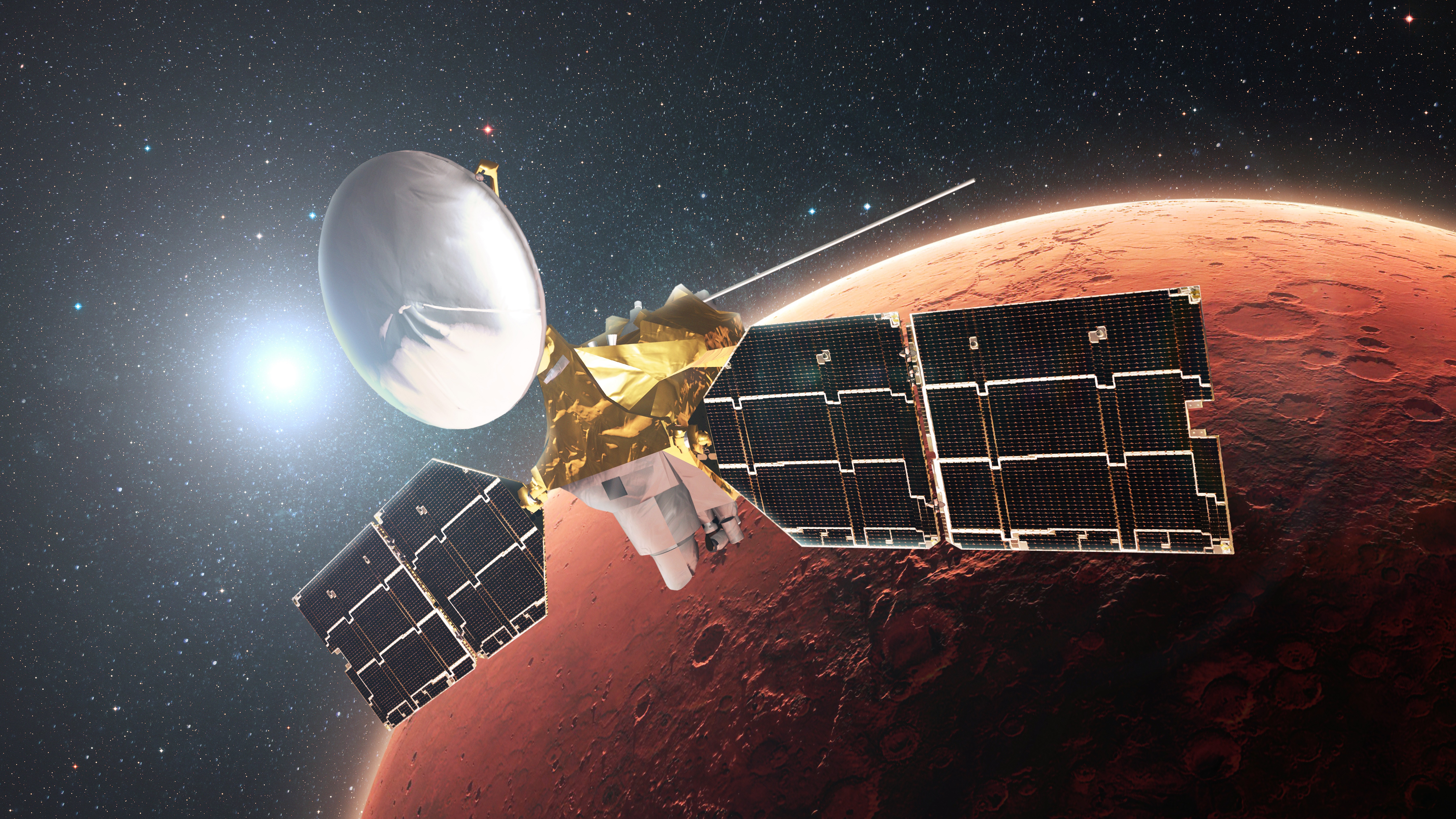
The as-of-yet unreleased comet 3I/ATLAS images were taken by the High Resolution Imaging Science Experiment (HiRISE) aboard NASA's Mars Reconnaissance Orbiter. The orbiter has been flying around Mars since 2006, searching for signs of water on the Red Planet. The HiRISE camera managed to get images of comet 3I/ATLAS as it zoomed past Mars in early October.
The images are expected to be the highest-resolution images of comet 3I/ATLAS yet, and even clearer than the Hubble Space Telescope's comet snaps taken in July, the New York Post has reported.
When will NASA release images?
We don't know when NASA will release new images of comet 3I/ATLAS, but we're seeing reports that it could be early this week.
The U.S. government shutdown delayed the release of the images, but that's now over, so they should be on their way. These images are expected to be some of the best yet, and will help researchers further understand the comets makeup and origins.
Here's a selection of some of our 3I/ATLAS stories so far
- 'Interstellar visitor' 3I/ATLAS could be the oldest comet ever seen — and could grow a spectacular tail later this year
- Is it aliens? Here's why that's the least important question about 3I/ATLAS.
- Comet 3I/ATLAS has been transformed by billions of years of space radiation, James Webb Space Telescope observations reveal
- NASA spacecraft reveal interstellar comet 3I/ATLAS brightened rapidly as it swooped behind the sun
- NASA's Hubble telescope reveals most detailed photos of interstellar visitor 3I/ATLAS to date

Everything you need to know about 3I/ATLAS

So what is 3I/ATLAS? And why do people care?
3I/ATLAS, which was first discovered in early July, is the third interstellar object ever found in our solar system. That means it doesn't come from our cosmic neighbourhood, but from somewhere else in our Milky Way galaxy.
Where exactly in our galaxy the comet came from is unclear — scientists aren't sure whether it came from the Milky Way's 'thin' disk or its 'thick' disk — but depending on its origins it could be more than 7 billion years old, making it more than 3 billion years older than our sun. Tracing 3I/ATLAS’s origins is made even more challenging by its material, which has been transformed by billions of years of exposure to cosmic rays.
Telescope observations suggest the comet is roughly 7-mile-wide (11 kilometers) and zooming at more than 130,000 mph (210,000 km/h). Having passed perihelion, or the closest point to our sun, roughly two weeks ago, 3I/ATLAS is now zipping toward its closest point to Earth on Dec. 19.
The exotic comet has many peculiar properties, from its chemical composition to its large size. This, alongside radio signals coming from it that are typical of all comets, has fuelled a frenzy of speculation that the 3I/ATLAS is an alien probe.
That's almost certainly not the case, but it doesn't mean that astronomers aren't excited to study it. Investigating the comet could yield fresh insights into the conditions around other stars, our early galaxy, and the vast frontier of interstellar space.
NASA set to share best images of comet 3I/ATLAS yet
Good morning, science fans. We’re back with more updates on the comet 3I/ATLAS. Following the end of the U.S. government shutdown, we’re seeing reports that NASA is set to release some of the best-quality images yet of the comet.
The images were taken by the HiRISE camera aboard NASA’s Mars Reconnaissance Orbiter, and could have significantly better resolution than those by the Hubble Space Telescope on July 21, 2025.
We’re getting to work on what all of this could mean for the rapidly-brightened comet, which is roughly 7-miles (11 kilometers) wide, more than 7 billion years old, and traveling at 130,000 mph (210,000 km/h) as it sheds its highly-irradiated coma across our solar system.
In the meantime, check out this breathtaking shot of the 3I/ATLAS snapped by astrophotographer Satoru Murata over the weekend.
That's more like it! Marvelous new image of interstellar Comet 3I/ATLAS, taken by photographer Satoru Murata before dawn this morning, captures intricate structure in its tail(s). On the right you can also see galaxy NGC 4691. https://t.co/7rP3S4ysa5 pic.twitter.com/KrjhOSCgLcNovember 16, 2025

